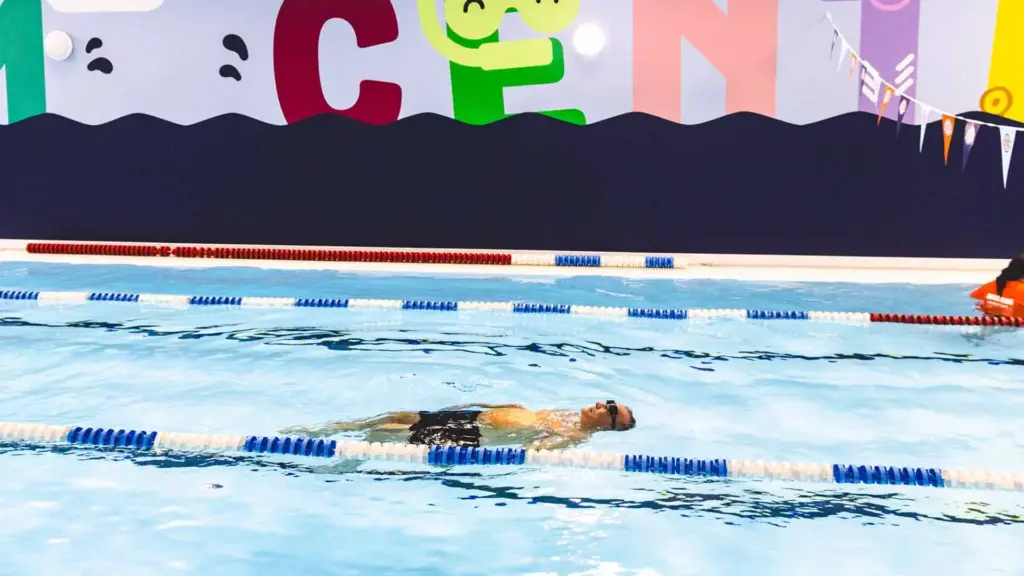Lane swimming is a focused, structured way to get healthier, improve technique, and push personal boundaries. If you’re just starting out or returning after a break, one question often on swimmers’ minds is: what should I wear for lane swimming? This guide, tailored for the UK audience and with a nod to Preston for the Preston adult lane swimming community, covers practical clothing choices, gear, and etiquette to help you swim comfortably and efficiently.
Why the right gear matters for lane swimming
Lane swimming requires freedom of movement, minimal drag, and reliable chlorine resistance. The wrong attire can cause chafing, reduce speed, or make your session less enjoyable. For Preston adult lane swimming participants, there’s often a mix of beginners and seasoned swimmers, so having the right kit can boost confidence and performance in a lane with others.
Swimwear: choosing the right suit
- One-piece swimsuits for women: A snug, streamlined one-piece reduces drag and stays in place during turns and push-offs. Look for swimsuit fabrics designed for chlorine resistance, such as polyester blends.
- Jammers or swim briefs for men: Jammers extend from the waist to the knee, offering reduced drag and extra coverage. Swim briefs are another option if you prefer greater freedom around the hips.
- For all swimmers: Ensure your swimsuit fits well without riding up or shifting during a lap. A good fit helps you maintain technique without constant readjustment.
Goggles: vision, comfort, and clarity
- Clear lenses for indoor pools: If your lane swimming sessions are in an indoor pool with bright lights, clear lenses help you keep track of your lane and opponents.
- Tinted or mirror lenses for bright facilities: Some pools have strong lighting or windows that cause glare; tinted lenses can improve visibility.
- Anti-fog features: Look for anti-fog coatings or bring a small anti-fog spray to maintain clear vision throughout your workout.
- Fit matters: The goggle strap should be snug but not painful, and the gasket around the eye should seal without leaving marks.
Swim caps: hair management and drag reduction
- Latex caps: Affordable and lightweight, suitable for short-term use or if you’re just starting out.
- Silicone caps: More durable and provide a better seal; they’re a popular choice for frequent lane swimmers.
- Do you need a cap in lane swimming? Not always, but many pool rules or staff prefer caps to reduce hair contamination in the water and to keep hair out of your face during laps.
Footwear and accessories: what to wear on land vs water
- Pool sandals or slides: Useful for moving around the pool deck to and from the lanes. Pick non-slip, water-friendly footwear. Be aware that many swim facilities have bare foot policies when entering the pool area.
- Swim aids to consider: Kickboards or pull buoys are sometimes allowed in lane practice, but in many organised lane sessions they remain on pool deck. Check Preston adult lane swimming guidelines to avoid using equipment that could disrupt others.
- Ear plugs and nose clips: Some swimmers use these for comfort, but they are optional and depend on personal preference.
Clothing to avoid
- Cotton fabrics: Cotton absorbs water and increases drag when wet, making swimming less efficient.
- Heavy or loose clothing: Avoid wearing t-shirts, hoodies, or denim even before entering the pool; these materials retain water and can hinder movement and safety.
Etiquette and rules in Preston adult lane swimming
- Lane discipline: Maintain your lane position and avoid switching lanes unless instructed.
- Overtaking: Be mindful of slower swimmers ahead; give them space and signal when you intend to pass.
- Water entry and exit: Enter water feet first to minimise splash and avoid collisions.
- Hygiene: Rinse off heavy lotions or oils before entering the pool to keep the water quality high.
Practical tips for first-timers
- Arrive early: Give yourself time to change and acclimate to the pool environment.
- Check pool rules: Some facilities require specific gear (e.g., caps, certain styles of goggles) for lane swimming sessions.
- Start easy: If you’re new to lane swimming, begin with shorter distances and a comfortable stroke to avoid overexertion.
- Test your kit: Before your session, test your swimsuit, goggles, and cap to ensure they stay in place during turns and push-offs.
Final thoughts
Choosing the right attire for lane swimming helps you stay comfortable, perform your best, and adhere to pool etiquette. For those participating in Preston adult lane swimming, the right swimsuit, goggles, and cap contribute to a smoother, safer, and more enjoyable experience. Remember to respect lane rules, be mindful of other swimmers, and select gear that supports your technique and endurance goals. With thoughtful preparation, lane swimming becomes a rewarding part of your fitness routine.

